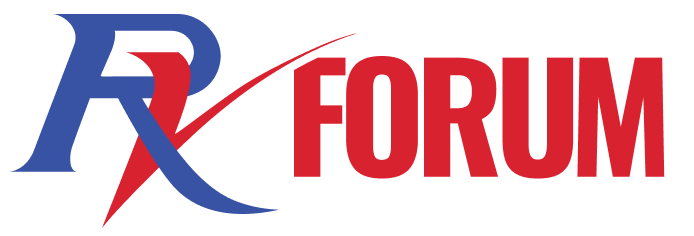Tom
Administrator
- Joined
- Jan 13, 2005
- Posts
- 52,213
What's the best material(s) to use on/over roof-mounted screws or hardware? e.g. the roof mounts for my ladder are showing signs of the sealant starting to lift. I know I'm going to have to re-seal around the a/c units at some point and I want to mount some other hardware on the roof. What would you use for cable/wire entries?
Monaco recommends Acryl-R for all roof openings such as vents, skylights, roof mounted antennae and ladder roof mounts. They recommend Geocel 2300 where items are sealed under a painted surface such as the metal corners of slideouts. Are both these items available at hardware stores?
TIA
Monaco recommends Acryl-R for all roof openings such as vents, skylights, roof mounted antennae and ladder roof mounts. They recommend Geocel 2300 where items are sealed under a painted surface such as the metal corners of slideouts. Are both these items available at hardware stores?
TIA
